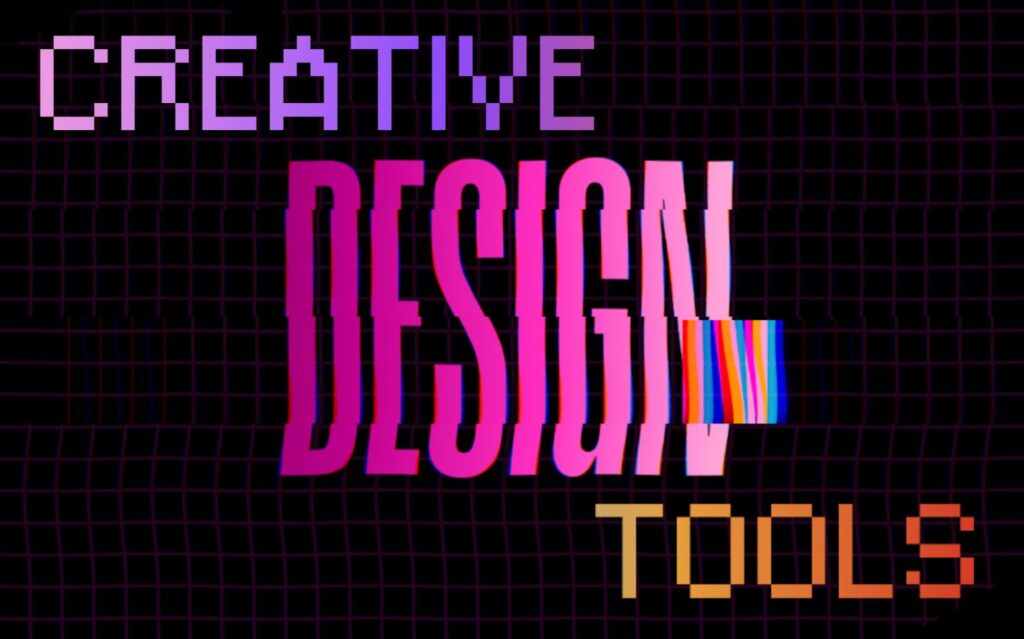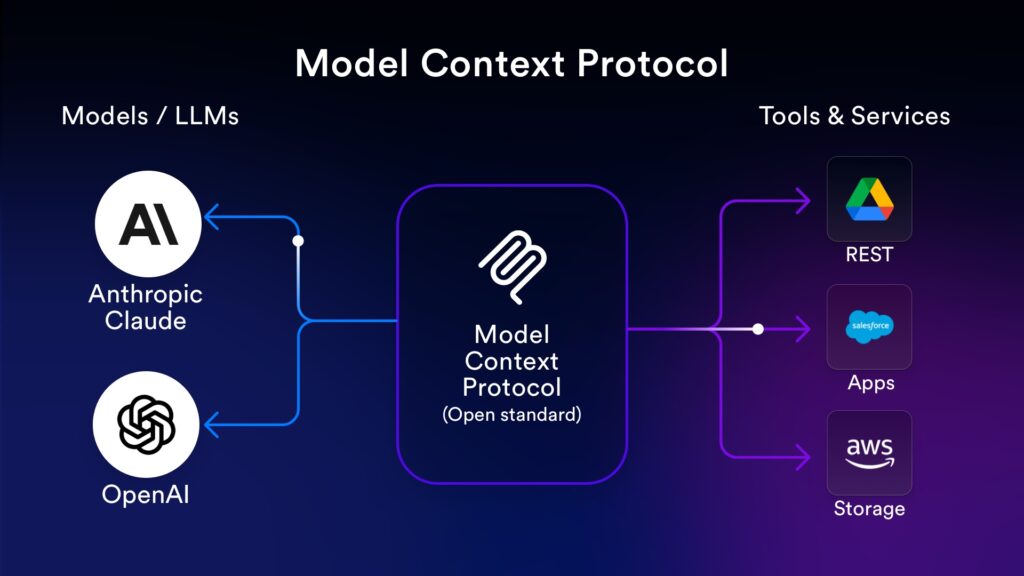Progressive Web Apps, otherwise known as PWAs, are web pages or websites specifically designed to look and behave like native mobile apps. They are built to be responsive, high functioning, and to create a smooth user experience. The concept was first introduced by Google in 2015 and has become an entirely new software development paradigm. Developers claim PWAs are relatively easy to build and generate impressive user engagement.
Why Build a Progressive Web App?
Progressive web apps blur the boundaries between purely web-based applications and true native apps. Operating in a fiercely competitive digital world of shrinking attention spans isn’t easy. According to the Comscore Mobile App Report, over 50% of mobile phone users download an average of ZERO apps a month. Not only that but even when users manage to stumble into an app’s conversion funnel they are unlikely to complete it. Each step involved in downloading an app reduces the number of users by 20% – which is huge. PWAs solve this problem by allowing users to save the page to their home screen without leaving the website, cutting down the steps to convert and therefore retaining more of their audience.
On top of this, progressive web apps can be more cost-effective to build. This is because they use web technology, rather than iOS and Android. They are also far easier to maintain than native apps, partly due to the fact that updates are always live and patches don’t have to be approved by Apple or Android before being implemented.
Who’s using Progressive Web Apps?
Large companies have embraced this new technology – The Financial Times abandoned their native apps in favour of their PWA which can be accessed via https://app.ft.com. Forbes, Uber and Lyft also provide PWA versions of their native apps too, the last two demonstrating features most modern native apps have, including features such as location-based services, mapping and notifications.
Progressive Web Apps VS Native Apps
There are countless arguments for both progressive web apps and native apps. Both provide quick loading times and smooth user experience. However, there are a couple of differences that are worth pointing out.
Progressive Enhancement
One of the key elements of progressive web apps is that they are built according to progressive enhancement principles. Boiled down, progressive enhancement is a web design strategy that supports every version of every browser, regardless of the connection quality. It does this by displaying the fundamental, simple components of the page to older versions while delivering more sophisticated pages to updated browsers. This compatibility range changes the game when it comes to accessible web design. When you compare a performance like this to that of a native app that has trouble with any outdated operating system, it’s hard to see any real competition.
Discoverability
As previously mentioned, users are becoming less and less likely to go out of their way to install native apps. Due to this, any system whereby the user can find apps organically and with ease is an improvement.
Instead of being available through app stores, progressive web apps can be found with just a URL. Not only does this make them more discoverable, but it also makes them easier to share. Users can simply send the URL to whoever they want, and the receiver will be able to use and install the app.
Installation And Updates
Unlike native apps that can sometimes take minutes to install, PWAs allow users to simply save a link to their home screen. This option is readily available, and can even be emphasized with prompts and push notifications.
While native apps can be set to auto-update, what users might not realise is that every update has to comply with the respective app store’s regulations. This extends the time it takes for developers to make updates available to users. Progressive web apps do not suffer from this problem; they are able to update themselves without intervention from the user. It is likely that we will start to see progressive web apps surge in popularity and usage over the next couple of years. They outperform native apps in a variety of ways, and we are excited to see how they change and grow in the near future.
For help building your native or progressive web app, get in touch today by dropping us a message or giving us a call on 01483 688480.
Image courtesy of Google.



